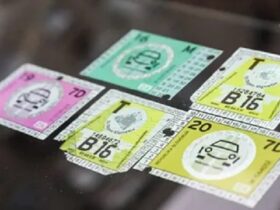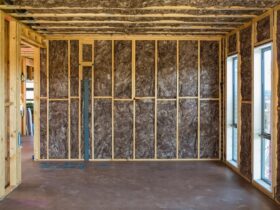Plaster is a hardened layer of a special solution. The purpose of this layer may be different:
one. Preparation with a smooth, perfectly flat surface for subsequent staining or cladding.
2. Protection of premises from dampness and adverse atmospheric influences that penetrate X -ray radiation, the effects of harmful substances, etc. P.
3. Decrease in sound permeability.
four. Strengthening thermal insulation.
5. Sometimes – giving a certain texture when decorating ceilings or walls.
Description of the article:
The first layer
Subject to the correct technology, plastering is carried out in three layers. The lower layer is called spray. Medium is soil, and the upper is the cover. Brickwork requires preliminary preparation. The seams filled with the solution are selected to a depth of about 1.5 cm. The bricks in front of plastering are inhabitant with a steel brush, while removing dust and dirt, the influxes of the old solution, traces of paint or resin, fat spots are removed.
For a more reliable and long -term adhesion of the solution with the base of spray, it is applied to a pre -moistened surface as soon as water is absorbed. And since all the plaster will stay on it, the solution is prepared stronger than for the subsequent layers. When applying the spraying method, it will be better to pester the ceiling or wall to the processed surface of the ceiling. And it is better to fill in unevenness. Normally, a spray layer has a thickness of 3 to 5 mm. But there can be more on the surface of the tree – up to 9 mm.
The second layer
The largest layer of plaster in thickness is the second, it is soil. Applied by the same pollution. If construction gypsum has not been added to the solution, the soil layer can be up to 12 mm. However, with such a large thickness, you will have to apply soil in two or three layers. The first is immediately applied to the seized or previously moistened spray and leveled more carefully than the subsequent layers.
Each of the layers of plaster is applied only after hardening the previous. And the time of grasping depends on the composition of the mixture. So, gypsum-license solutions require no more than a quarter of an hour, cement-up to 6 hours, depending on the air temperature. Lime are ready to continue work when they whitewash.
Covering is also carried out. Then it is grinning in circular movements. The solution is not prepared too thick, otherwise it will be difficult to grout it. It is important to use only small sand so that when rubbing on the surface, there are no scratches. The thickness of the final upper layer of plaster is not more than 3 mm.











Leave a reply